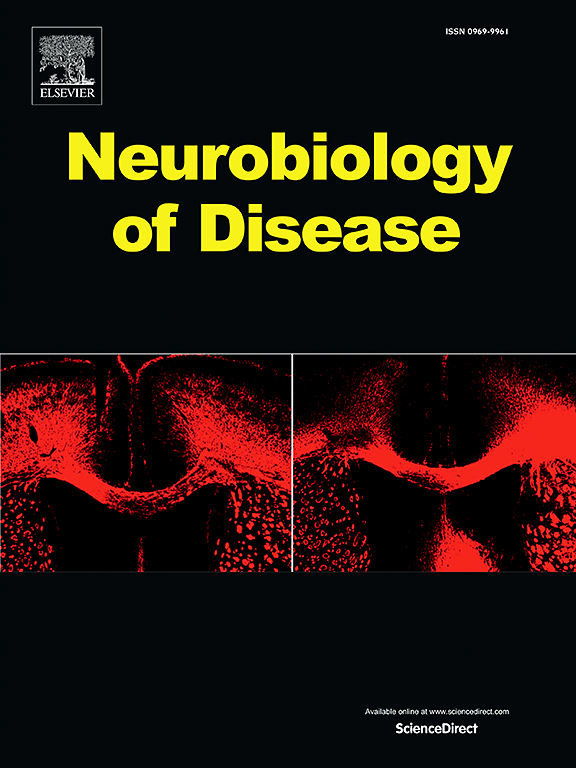The P2X7 receptor in depression: Novel insights and therapeutic implications
IF 5.6
2区 医学
Q1 NEUROSCIENCES
引用次数: 0
Abstract
Major depressive disorder (MDD) is a heterogeneous mental disorder involving multiple pathogenic mechanisms. Current first-line antidepressant medications suffer from slow onset of action, limited effectiveness, and high side effects, necessitating the search for new therapeutic targets. Targeting cytokines or receptors is increasingly recognized in innovative depression treatment protocols. The P2X7 receptor (P2X7R) plays a key role in central nervous system signaling and is considered a potential therapeutic target for depression. Recent studies have focused on the fact that P2X7R modulates inflammatory and immune responses, which may contribute to the development of depression. However, the full extent of P2X7R's involvement in depression remains unclear. This review provides a comprehensive overview of the discovery, structure, and properties of P2X7R. We delve into the role of P2X7R in the pathogenesis of depression, focusing on neuroinflammation, oxidative stress, mitochondrial dysfunction, and reduced synaptic plasticity. Additionally, we discuss the clinical applications of P2X7R antagonists. By highlighting the significant role and therapeutic potential of the P2X7 receptor as a pharmacological target for depression, this review aims to provide new research perspectives and theoretical basis for the development of antidepressant drugs.
抑郁症中的P2X7受体:新的见解和治疗意义
重度抑郁障碍(MDD)是一种涉及多种致病机制的异质性精神障碍。目前的一线抗抑郁药物存在起效慢、疗效有限、副作用大等问题,需要寻找新的治疗靶点。靶向细胞因子或受体在创新的抑郁症治疗方案中得到越来越多的认可。P2X7受体(P2X7R)在中枢神经系统信号传导中起着关键作用,被认为是抑郁症的潜在治疗靶点。最近的研究集中在P2X7R调节炎症和免疫反应,这可能有助于抑郁症的发展。然而,P2X7R参与抑郁症的全部程度仍不清楚。本文综述了P2X7R的发现、结构和性质。我们深入研究P2X7R在抑郁症发病机制中的作用,重点关注神经炎症、氧化应激、线粒体功能障碍和突触可塑性降低。此外,我们还讨论了P2X7R拮抗剂的临床应用。本文通过对P2X7受体作为抑郁症的药理靶点的重要作用和治疗潜力进行综述,旨在为抗抑郁药物的开发提供新的研究视角和理论基础。
本文章由计算机程序翻译,如有差异,请以英文原文为准。
求助全文
约1分钟内获得全文
求助全文
来源期刊

Neurobiology of Disease
医学-神经科学
CiteScore
11.20
自引率
3.30%
发文量
270
审稿时长
76 days
期刊介绍:
Neurobiology of Disease is a major international journal at the interface between basic and clinical neuroscience. The journal provides a forum for the publication of top quality research papers on: molecular and cellular definitions of disease mechanisms, the neural systems and underpinning behavioral disorders, the genetics of inherited neurological and psychiatric diseases, nervous system aging, and findings relevant to the development of new therapies.
 求助内容:
求助内容: 应助结果提醒方式:
应助结果提醒方式:


